Table of Contents
- Evolution of Social Media
- Impact of Social Media on Education
- Benefits of Social Media for Education
- Online Learning
- Parental Involvement
- Expert Community Members
- Communication and Collaboration
- Negative Impacts of Social Media on Education
- Mental Health
- Wastage of Time
- Misinformation
- Cyberbullying
- Poor Grades
- Wrap Up
In today's world, social media has become an integral part of education, social interaction, and teaching. It influences how we spend our lives and shapes our learning experiences. It has started becoming an important part of learners’ and teachers’ lives. But, is it beneficial or not? Let's discuss this in this blog.
Evolution of Social Media
Social Media has changed tremendously since its evolution in 1844. It began as a means of electronic exchange of information among people and has grown into a space for unions and reunions. Its evolution began in the early 2000s when websites like MySpace and Friendster allowed people to make profiles to chat with friends. But, the real revolution started in the mid-2000s when Facebook was launched. News feeds and sharing photos revolutionize social media.
After Facebook, Twitter emerges as a social media powerhouse, making microblogging popular. In the late 2000s, the mobile revolution began with the adoption of smartphones.
Initially, YouTube, Facebook, and WhatsApp were popular. But then, Instagram, LinkedIn, Telegram, and Snapchat come on the scene. After Covid-19, other online platforms such as Zoom and Gmeet also gained popularity. These platforms target all sectors, including entertainment, education, and businesses.
Impact of Social Media on Education
Learners and teachers are using social media for different purposes. Every social media platform has the power to assist or enhance the learning and teaching experience.
YouTube: There are various educational videos on this platform regarding different topics. During COVID-19, teachers uploaded their lectures and courses on YouTube that are helping students around the world for free.
LinkedIn- The main aim of LinkedIn is to help you in finding jobs. You have to create your resume and upload it here. But, it also has various courses that could help you in upskilling.
Quora- Students could add their questions and get responses to them from experts around the globe.
Facebook and Instagram- Their reel sections have various educational videos and content. It also allows students to connect with the experts, follow a hashtag to gain knowledge, and much more.
Reddit, Telegram, and Zoom- These all are content-sharing platforms. On Reddit and Telegram, teachers could create groups to share educational material with students. Zoom is a video conferencing app where teachers and students can collaborate.
Benefits of Social Media for Education
Online Learning
In the past, students had to struggle a lot to get access to new information. They have to go to the library, attend various lectures, or read different books for this purpose. But now, social media has made it easy to learn online.
All the educational resources are just a few clicks away. Do you want to learn about evaporation? There is a YouTube video about it. Do you want to know the meaning of any English word? Different social media pages focus on vocabulary. Do you have any queries about algebra? Ask it on Quora or Twitter and get a response.
Do you want to know about any latest trends or information about your industry or field? Follow hashtags on Twitter, Facebook, and Instagram, and it will provide you with a bunch of information.
Parental Involvement
The involvement of parents is crucial for students’ academic growth. Social Media has made it easy for parents to get updated about their kid's activities and progress. School’s social media pages could tell parents what type of activities kids are doing in their educational institute. WhatsApp and Facebook groups could help them get updates about their kids’ progress and contact their teachers in case of any problems.
Expert Community Members
Social Media gives you a lot of opportunities to connect with your community members. You could follow your alumni or seniors on social media to gain valuable insights from them. On LinkedIn, you can follow professionals in your field to learn from them through their posts. You could create your resume on LinkedIn and land any internship or research opportunity. This community building could help you in various ways.
Moreover, some virtual workshops and seminars allow you to meet professionals around the globe from the comfort of your home.
Communication and Collaboration
You could use social media to communicate or collaborate with your peers. Different platforms, such as Google Drive and Zoom, allow students to work on the assignment virtually. On Twitter, students could generate a class hashtag and follow it to ask any question or share feedback with class members. Similarly, they could create class groups on Facebook where they could communicate with each other at any time of the day. Padlet is another amazing social media platform where students and teachers can collaborate.
Negative Impacts of Social Media on Education
Mental Health
Social media has a fake world in it. People show their best lives and the perfect version of their personalities. This leads to children comparing their lives with others and feeling depressed. The fear of missing out (FOMO) and the constant desire to get likes and notifications could make it hard for students to study.
FOMO also leads to low self-esteem and poor connection with peers. Moreover, the excessive use of social media converts it into an addiction. This social media addiction is linked to depression, stress, and anxiety.
Wastage of Time
Social Media is full of different digital distractions. This could lead to the wastage of time as learners kept scrolling the platforms. There are entertaining reels and videos on it that could grab the attention of users. So, they are prone to wasting their time on it.
Misinformation
On one hand, social media is good for gaining information; on the other, it is full of misleading information. There could be social media posts or content that is full of fiction or inaccurate information. Fake news and propaganda are popular, so learners must be extra cautious when consuming information online.
Social media algorithms prioritize engagement over accuracy. So, there are chances that fake information could go viral. Students don't have the necessary tools to filter out fake information.
Cyberbullying
On social media, people remain anonymous and could initiate the toxic cycle of cyberbullying. This could make a student lonely, unsafe, and distracted from academic pursuits. They would not feel comfortable around other people, which could impact their interactions with peers.
Bullies could target the victims with more intensity and perseverance than they could in person. This could result in physical harm, emotional anguish, and even death.
Poor Grades
Studies have shown that students who spend a lot of time on social media perform very poorly in their academic landscape. They are unable to complete their homework on time and can't get quality sleep, which impacts their performance in school. Studies have proved that using a screen before going to sleep impacts the quality of night rest. The constant stream of notifications could result in digital distractions that could impact the quality of their assignments and homework.
Wrap Up
In short, social media is a crucial tool for students. Different social media platforms help them in various ways, such as communicating with peers, forming a community of experts, getting educational resources, and involving parents. Online or distance learning has become easy with the help of social media platforms. But, it also has some negative impacts. As a student, parent, or teacher, you should make sure to remain away from dark aspects of social media.







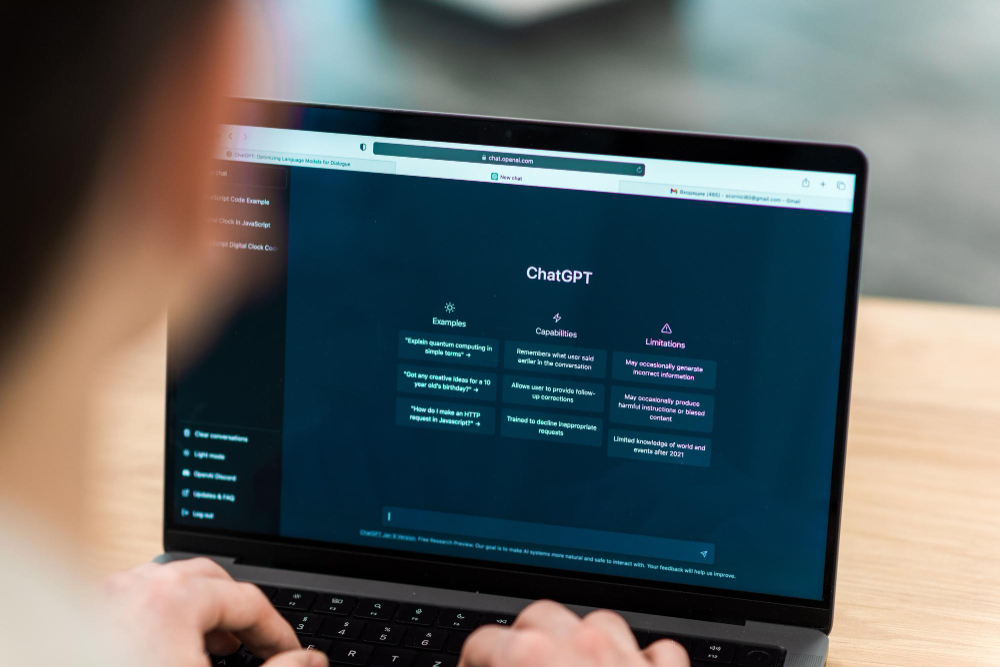




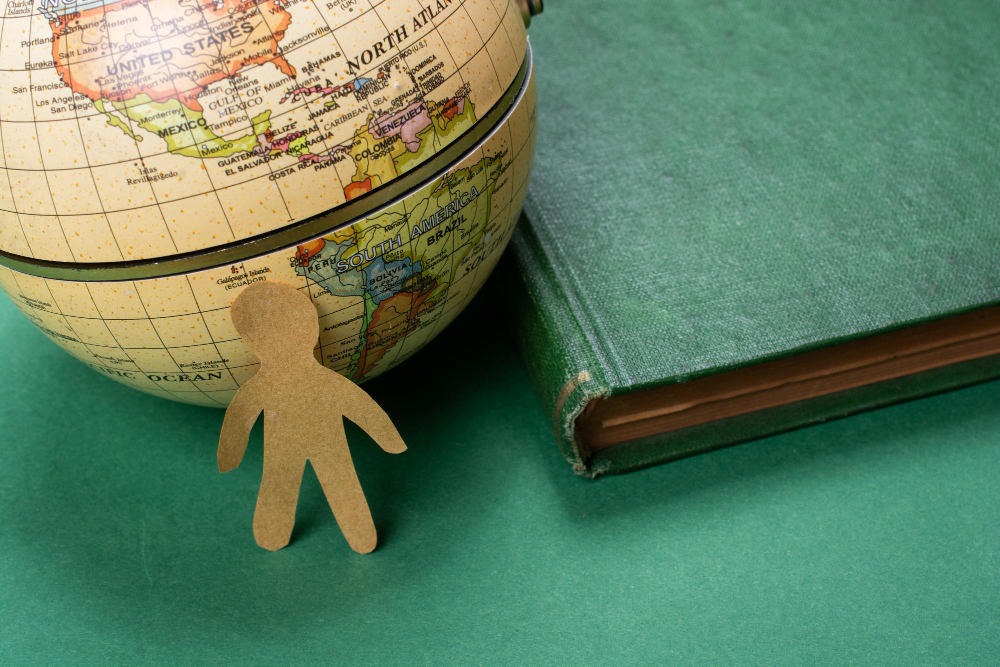


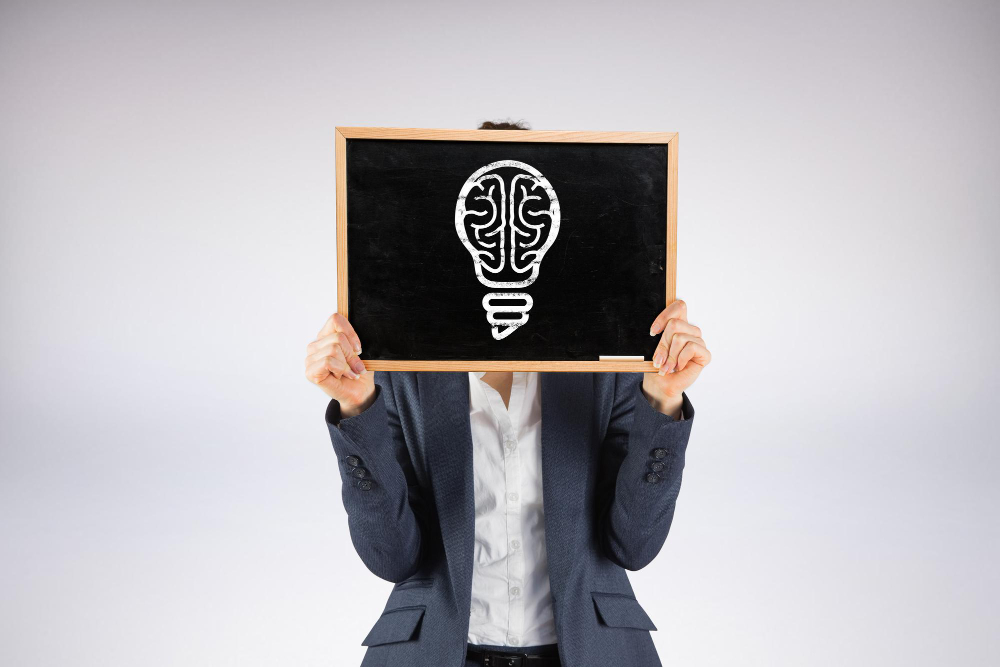
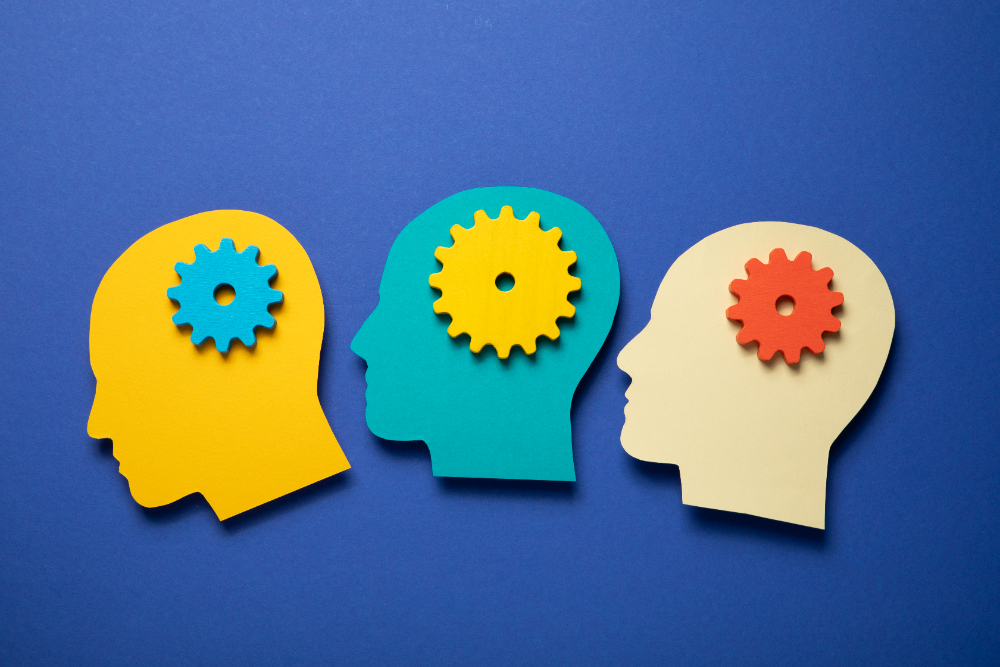



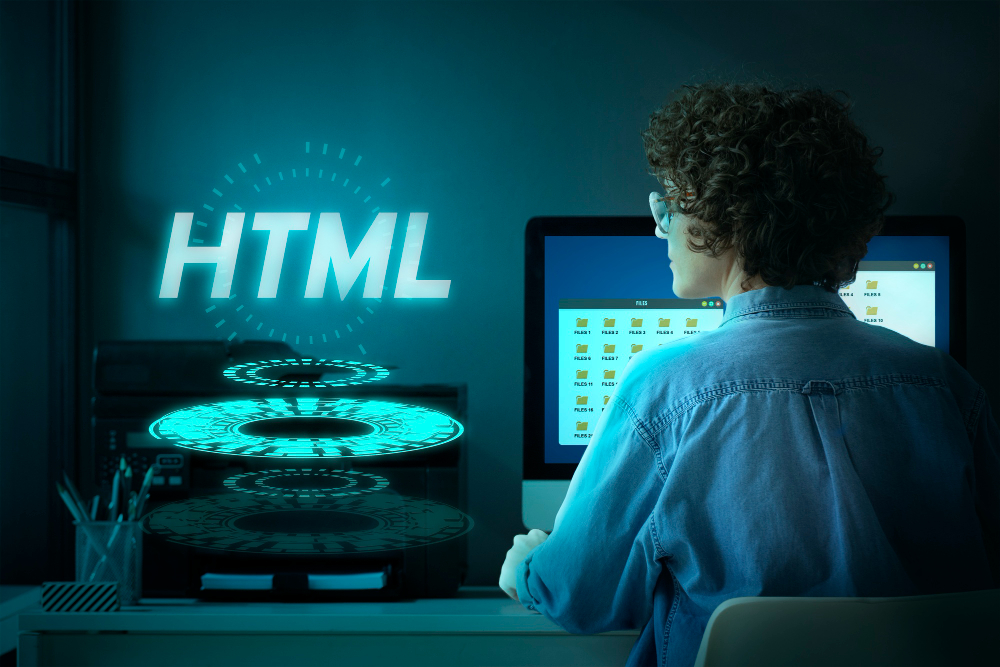

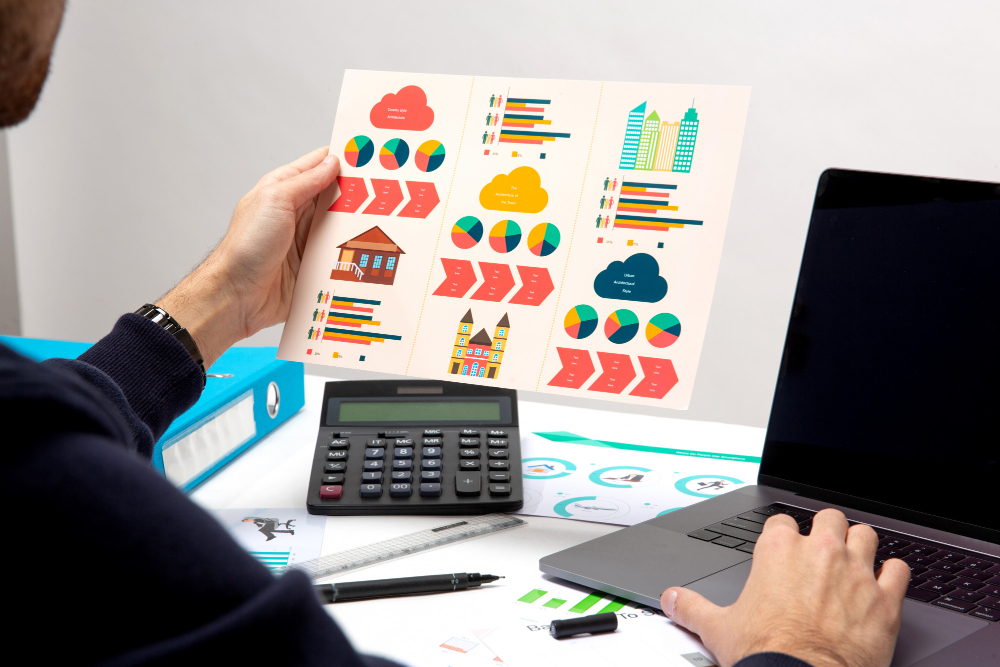
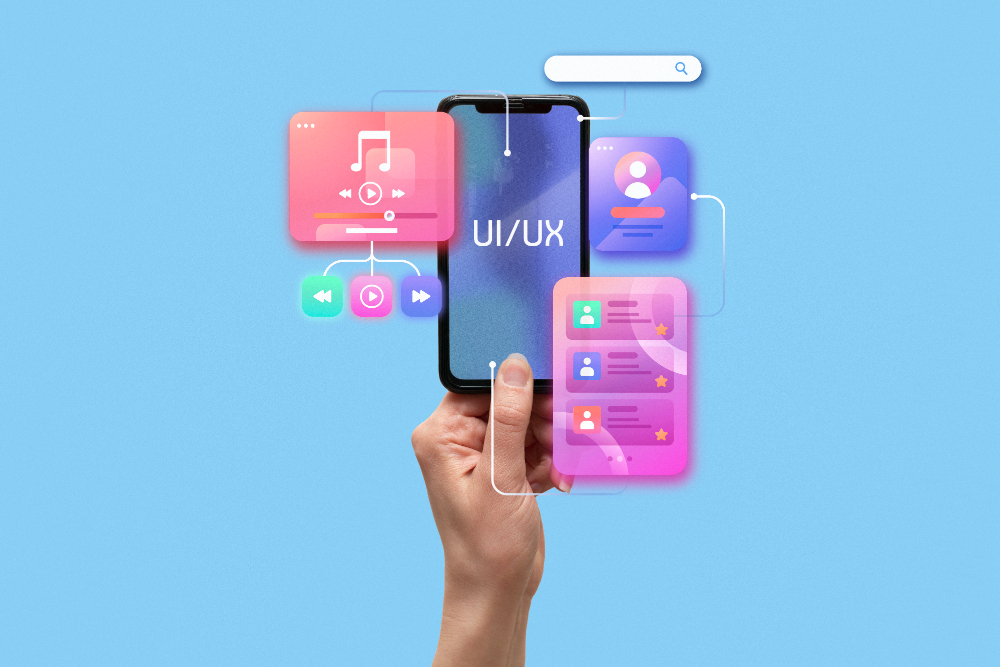
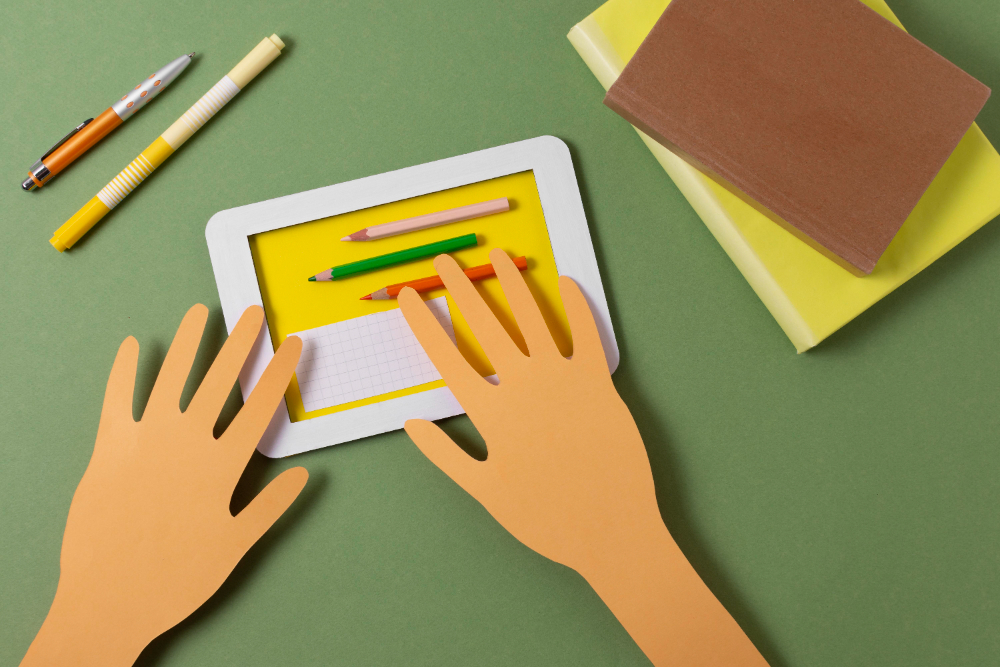


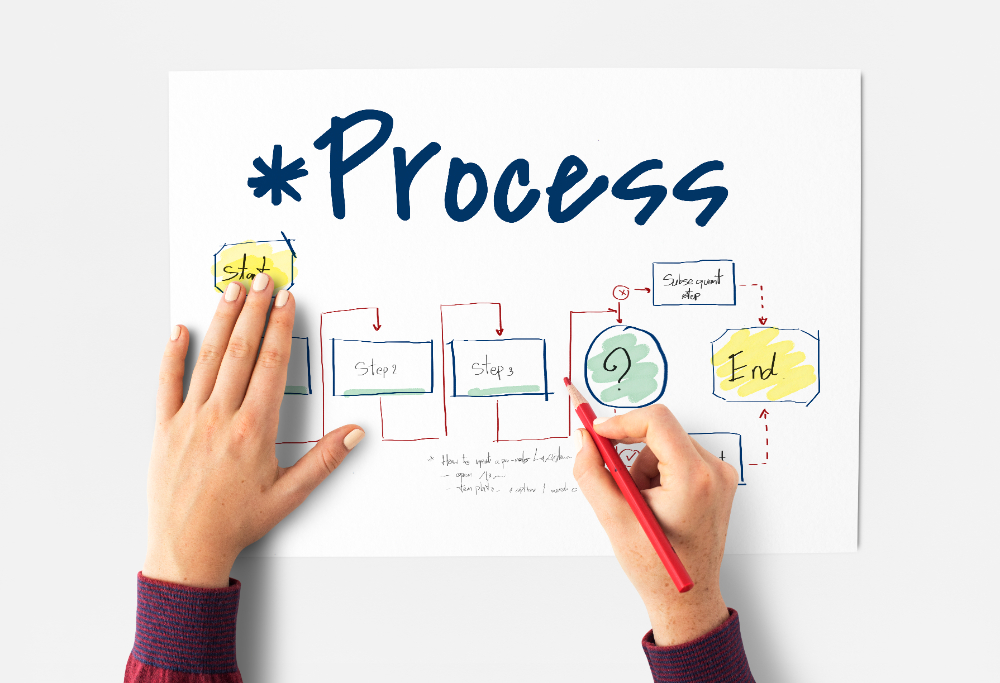

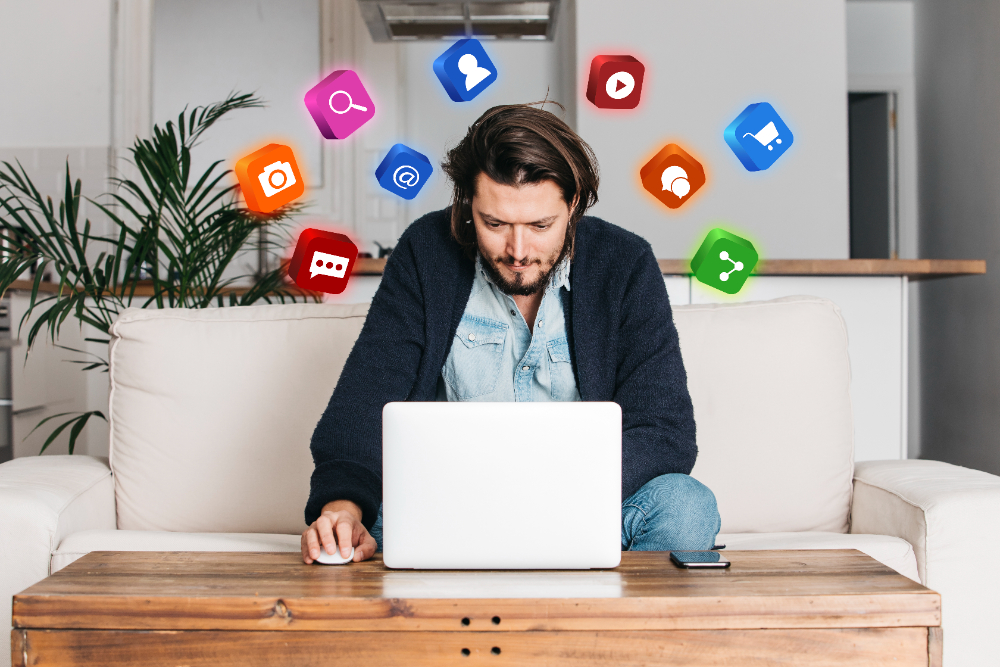

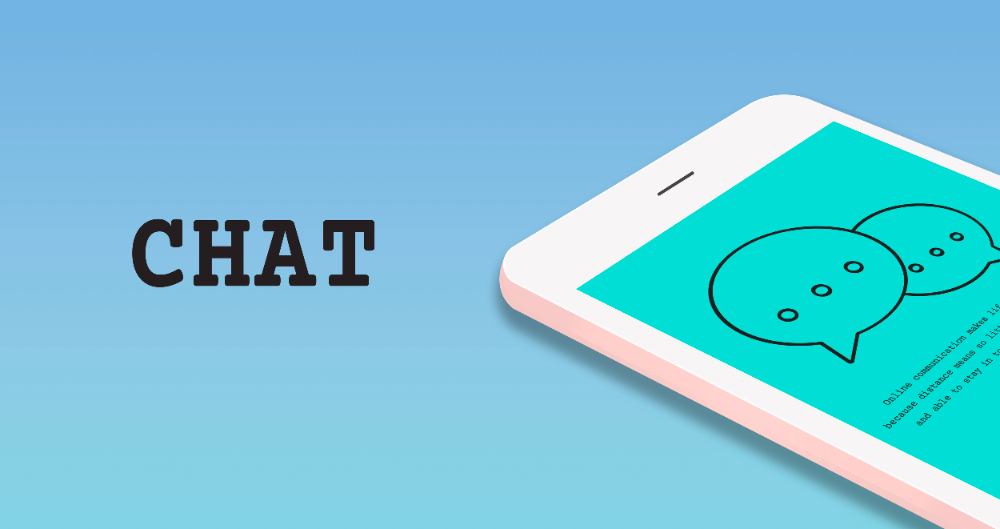
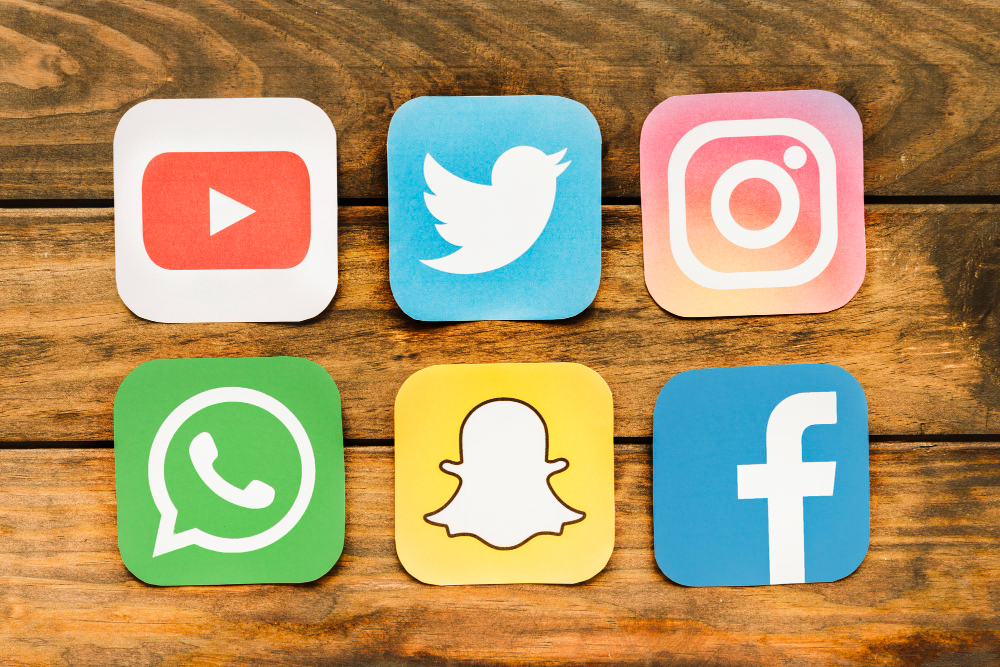
[…] Social media also plays a role in driving societal awareness around fitness and health. By sharing informative articles, studies, and personal stories, individuals can contribute to a well-rounded understanding of health-related topics. This participatory model leads to a more educated audience that can better navigate through diets, exercises, and well-being practices (source). […]